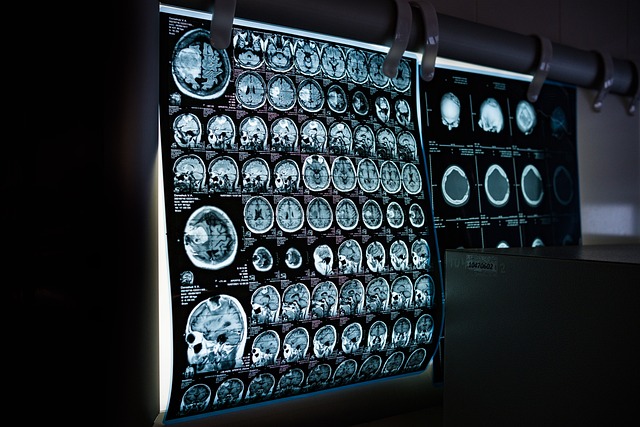Understanding Crohn's Disease: Symptoms, Causes, and What to Expect in 2025
Crohn’s disease is a chronic condition that affects millions. This guide explores the symptoms of Crohn’s disease, including how it manifests in females, the stages of active Crohn’s, and what to expect when living with this condition. View real-life Crohn’s disease pictures and learn about treatment options

How Crohn’s Disease Affects the Body
Crohn’s disease creates patches of inflammation in the digestive tract, leading to various systemic effects. The inflammation can penetrate deep into the bowel tissue layers, causing ulcers, scarring, and narrowing of the intestines. Common complications include malnutrition due to poor nutrient absorption, bowel obstruction from tissue thickening, and the development of fistulas - abnormal connections between organs.
Symptoms of Crohn’s Disease in Females
While Crohn’s disease affects both males and females, women may experience unique manifestations. Female-specific symptoms often include irregular menstrual cycles, increased risk of urinary tract infections, and potential fertility challenges. Additionally, women with Crohn’s disease may experience:
-
Abdominal pain and cramping
-
Unexpected weight loss
-
Fatigue and anemia
-
Skin issues and joint pain
-
Delayed onset of puberty in younger patients
What to Expect with Active Crohn’s
During active disease phases, patients typically experience flare-ups characterized by intense symptoms. These periods can last days to months and may include severe diarrhea, abdominal pain, reduced appetite, and fever. Management typically involves:
-
Regular monitoring of symptoms
-
Medication adjustments
-
Dietary modifications
-
Possible hospitalization for severe flares
-
Regular consultations with healthcare providers
What Crohn’s Disease Pictures Can Show
Medical imaging plays a crucial role in diagnosing and monitoring Crohn’s disease. Diagnostic tools include:
-
Endoscopic images showing intestinal inflammation and ulcers
-
CT scans revealing bowel wall thickening
-
MRI scans identifying complications like fistulas
-
Capsule endoscopy capturing small intestine images
-
X-rays detecting complications such as bowel obstructions
Treatment Options and Management Strategies
Current treatment approaches focus on reducing inflammation, managing symptoms, and preventing complications. Treatment options include:
| Treatment Category | Common Options | Typical Usage |
|---|---|---|
| Medications | Anti-inflammatory drugs | Daily maintenance |
| Biologics | TNF inhibitors | Regular infusions |
| Immunomodulators | Azathioprine, methotrexate | Long-term control |
| Surgery | Bowel resection | Severe cases |
Prices, rates, or cost estimates mentioned in this article are based on the latest available information but may change over time. Independent research is advised before making financial decisions.
Looking ahead to 2025, treatment strategies continue to evolve with advancing research in targeted therapies, gut microbiome studies, and personalized medicine approaches. Regular monitoring, medication adherence, and lifestyle modifications remain fundamental to managing Crohn’s disease effectively.
This article is for informational purposes only and should not be considered medical advice. Please consult a qualified healthcare professional for personalized guidance and treatment.




